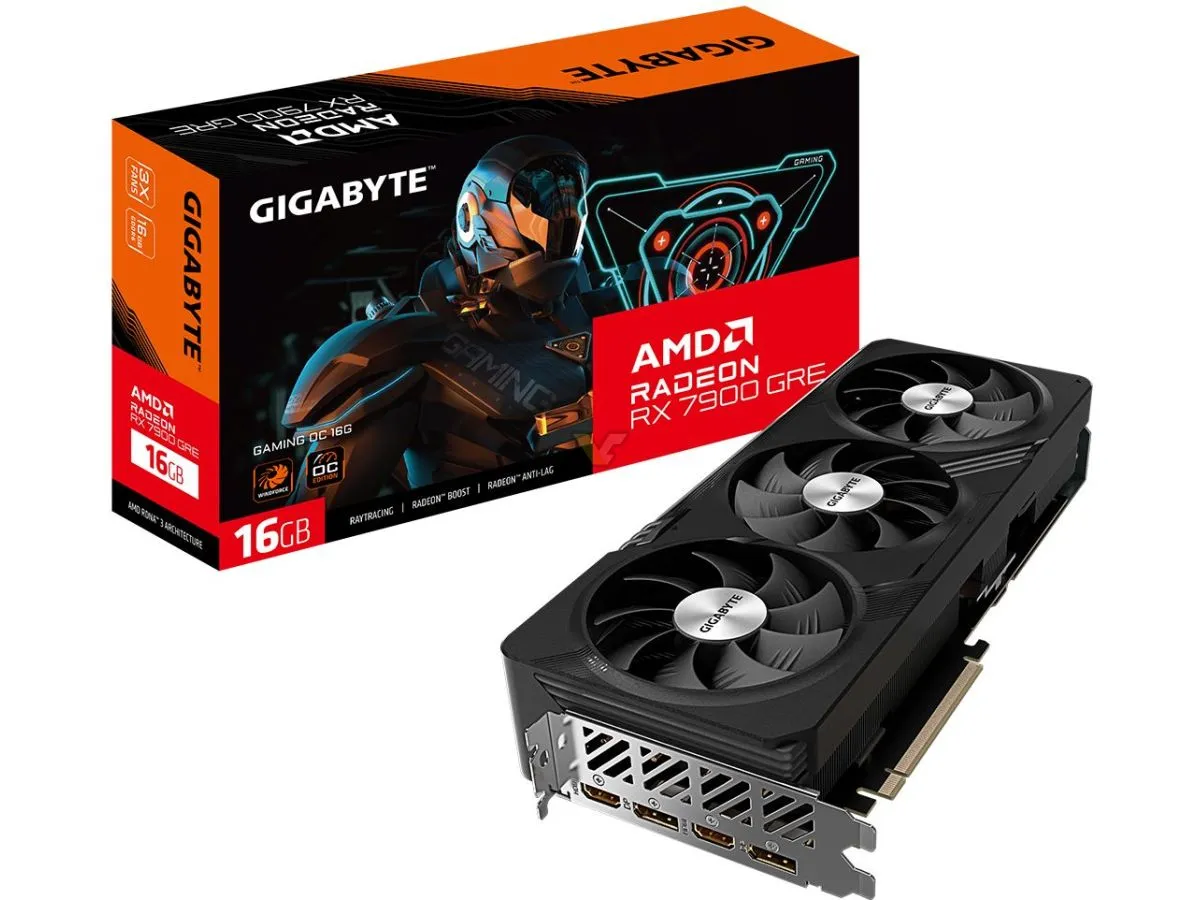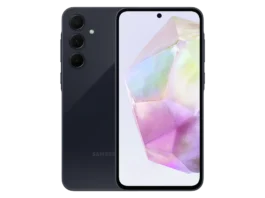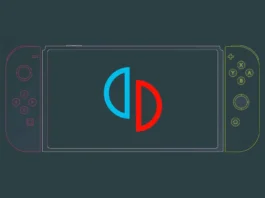The AMD Radeon RX 7900 GRE, the latest addition to AMD’s graphics card lineup, has garnered attention with its global availability starting at $549. This review delves into the card’s performance, positioning it within the competitive landscape of GPUs, and providing potential buyers with a detailed overview.
Key Highlights:
- Marketed as a more accessible entry into the RDNA 3 GPU lineup.
- Competes directly with NVIDIA’s GeForce RTX 4070 Ti, offering a compelling choice for gamers.
- Boasts 16 GB of GDDR6 memory, catering to high-resolution gaming and demanding applications.
- Demonstrates competitive performance at 1440p resolution, with its 16 GB VRAM offering an advantage in ray-traced game tests.
Performance and Pricing
The AMD Radeon RX 7900 GRE finds its niche in the market by offering a blend of competitive pricing and robust performance. Priced at around $649 in the US, it presents itself as a cost-effective alternative within the high-end GPU market segment. According to performance analyses, the RX 7900 GRE delivers solid FPS across various titles at 1440P Max settings, including popular games like “Call of Duty: Modern Warfare 2,” “Cyberpunk 2077,” and “Star Wars: Jedi Survivor”.
Competitive Analysis
When compared to NVIDIA’s GeForce RTX 4070 Ti, the Radeon RX 7900 GRE showcases its prowess particularly at 1440p resolutions, where it often outpaces the RTX 4070 Ti in ray-traced game tests. However, at 1080p and 4K resolutions, its performance relative to the NVIDIA counterpart varies, with the RTX 4070 Ti sometimes offering superior performance due to its higher-tier positioning.
Technical Specifications and Value Proposition
The RX 7900 GRE is built on the Navi 31 LE GPU and is part of AMD’s RDNA 3 lineup, offering a compelling mix of power and efficiency. With 16 GB of GDDR6 memory and a 256-bit memory bus, it’s equipped to handle complex textures and high-resolution gaming. Its position within the RX 7000 series offers a glimpse into AMD’s strategy of providing a diverse range of options to cater to various user needs and budgets.
Despite its competitive edge at certain resolutions, the Radeon RX 7900 GRE’s performance closely aligns with or slightly underperforms compared to the Radeon RX 6950 XT, as well as trailing behind the Radeon RX 6800 XT in specific benchmarks like the 3D Mark Fire Strike test.
The Radeon RX 7900 GRE strengthens AMD’s presence in the GPU market by filling a specific niche. It is positioned as a lower binned variant within the Navi 31 family, offering a more accessible entry point to AMD’s RDNA 3 architecture. This strategic placement allows AMD to capture a wider audience, appealing to gamers The AMD Radeon RX 7900 GRE stands out as a noteworthy contender in the fiercely competitive GPU market. Its value proposition lies in the balance between performance, pricing, and the technological advancements of the RDNA 3 architecture. While it may not universally outperform its NVIDIA counterparts across all resolutions, its strengths at 1440p and the generous 16 GB of VRAM make it a compelling option for gamers targeting high-resolution, high-fidelity gaming experiences. As AMD continues to expand its RDNA 3 lineup, the Radeon RX 7900 GRE represents a strategic addition, offering a blend of performance and affordability that will appeal to a broad spectrum of users.







